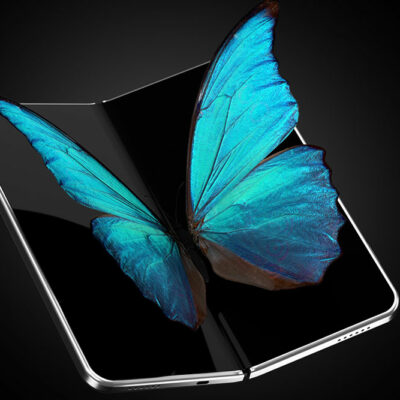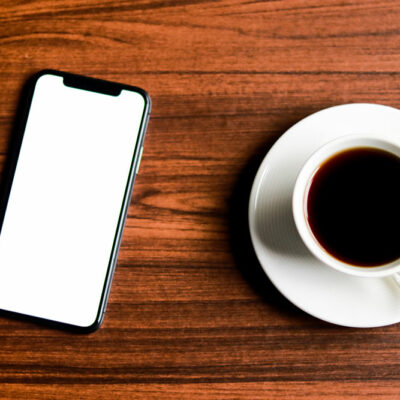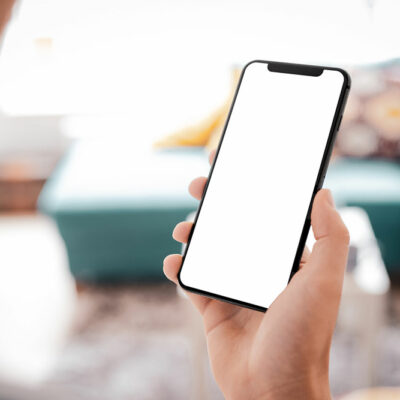
8 common laptop renting mistakes to avoid
Buying a laptop is a sizable investment. So, renting these devices is a more financially viable alternative if an individual or business does not have long-term laptop usage requirements. Some other positives of renting a laptop include flexibility and scalability, tax benefits, and the possibility of having up-to-date technology in the device . To make the most of these positive points, one must make sure to avoid certain mistakes people frequently make while renting laptops.
1. Not defining one’s requirements correctly
The first aspect of research regarding renting laptops involves understanding one’s specific requirements for the device. It is always beneficial to make a list of all the tasks for which one may intend to use the rented laptop. The specific requirements and needs will determine the type of device one should choose, including its specifications, storage capacity, and processing. By knowing these specifics, one can make a more informed financial decision.
For example, if one plans to use the laptop primarily for creating spreadsheets and presentations and occasionally consuming media , a basic laptop will likely suffice . On the other hand, if one needs the device for more demanding tasks, such as creating complex CAD-based images, video editing, or gaming, one will require a laptop with higher processing power, larger storage capacity, and faster processing speed. Remember that these more advanced laptops tend to be more pricier than their basic counterparts.
2. Not inquiring about customer service
A rented laptop is often pre-owned, meaning it has been used extensively by multiple renters. This history could lead to potential issues arising later on. Therefore, the quality of customer service provided by the laptop rental company is crucial for addressing any problems and answering any user queries right before making an agreement .
If the customer service representatives of a rental company are unresponsive or unreliable, users may find themselves in a difficult situation if their laptop malfunctions or they experience a slow performance. To avoid such scenarios, one should assess the responsiveness and effectiveness of the rental company’s customer service and technical support teams before making a rental decision.
3. Opting for cheaper devices
Rental companies have their specific client targets. This is why they offer laptops to people at incredibly low prices to attract as many clients as possible. In most cases, the rented laptops will be faulty, heavily overused, beat up, and have poor functionality. After falling for the low-price trap and renting a given laptop, clients are likely to discover that the device has loose components or damaged keys or trackpads. What’s more , the device may also be using an older operating system that negatively affects the device’s performance and speed.
To sidestep these issues, one must only rent laptops from certified, reputed companies. Also, people should not blindly choose the cheapest options they find in the market.
4. Choosing laptops with connectivity issues
Laptops are frequently used to integrate multiple devices in a connected network or ecosystem. People connect their laptops to smartphones, tablets, smartwatches, smart TVs, and other devices. If a rented laptop has Bluetooth or Wi-Fi-related issues, its connectivity will be negatively impacted. Some rented laptops may also come with a limited number of ports for USB cables or may not have a dedicated adapter. Such problems will limit the connectivity of a given laptop and make it difficult for users to start, reboot, or charge their devices.
5. Not considering the screen size/resolution of laptops
The screen resolution of a laptop is one of its underrated and essential aspects. People need the resolution of their laptops to be in sync with the kind of operations they would perform using the device. For example, performing tasks such as gaming, installing and running massive software programs, or creating CAD images requires the laptop’s screen resolution to be higher. Some operations may even require users to install a dedicated video card in the laptop to enhance its resolution. Other functions like surfing the internet or creating/sending documents do not need higher screen resolutions.
6. Failing to consider software and data requirements
Business events and operations need custom configurations and software applications to run smoothly. A laptop that does not support such applications will be of no use to somebody who works for the given business. Similarly, one needs to consider the CPU and GPU capacity of their laptop based on their specific line of work. Not considering the data storage and software requirements of a laptop can result in renting the incorrect device.
7. Ignoring customer reviews
The online customer reviews of a given rental company help paint a picture of their product and service quality and customer satisfaction. People looking to rent laptops must only do so from companies with positive reviews and ratings online.
8. Getting laptops that have not been serviced correctly
An unwritten rule when it comes to renting laptops is that every time a device is rented out, it should ideally undergo servicing the device at least one additional time. This practice is crucial because each time a laptop is utilized, especially for extensive operations, the device experiences a depletion of its performance capacity and may suffer from wear and tear on its software/hardware components. This is why when a laptop is returned, it must be serviced immediately to restore its functionality and ensure optimal performance for the next user.


